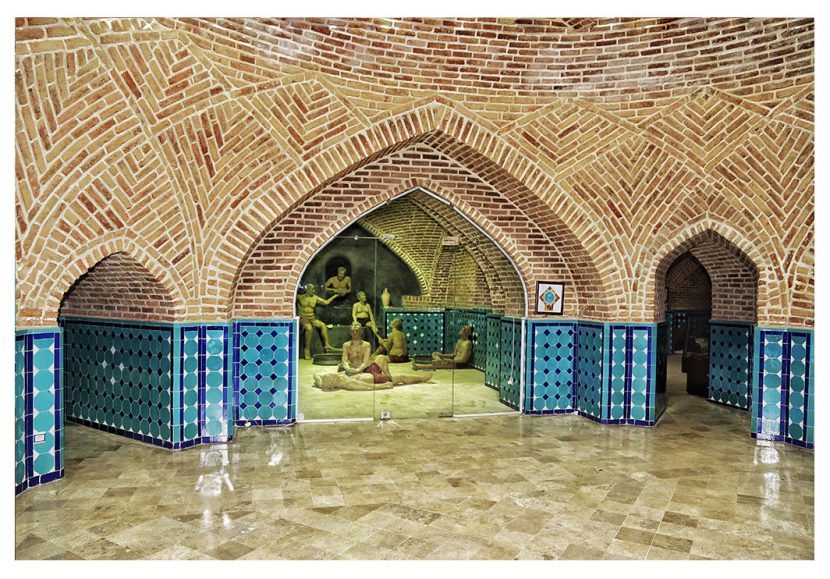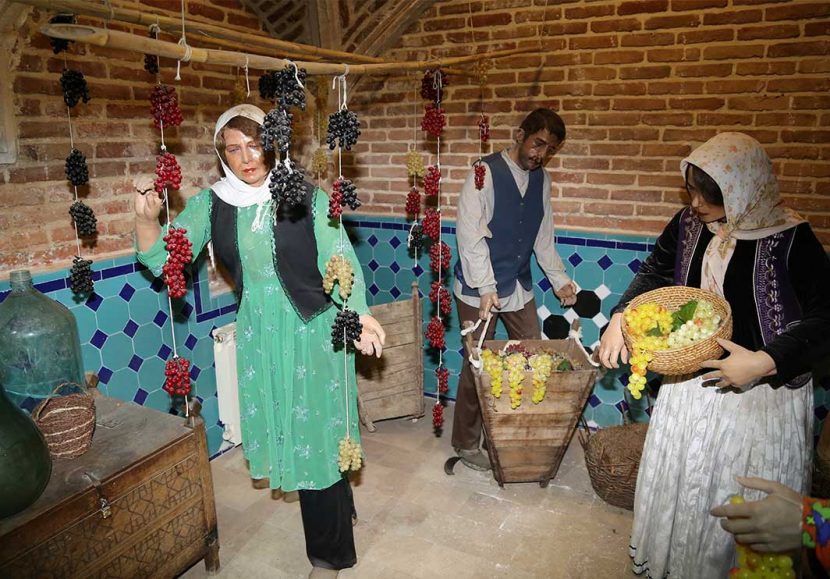A glance at the ethos in Turkish baths of ancient Iran
Formerly, there were Turkish baths in every parts of Iran and people would go there for cleanliness at least once a week. There were not any specific Turkish baths for men or women, therefor, men had to use them before the sunrise to around 8:00 a. m and then they were used by women until […]





